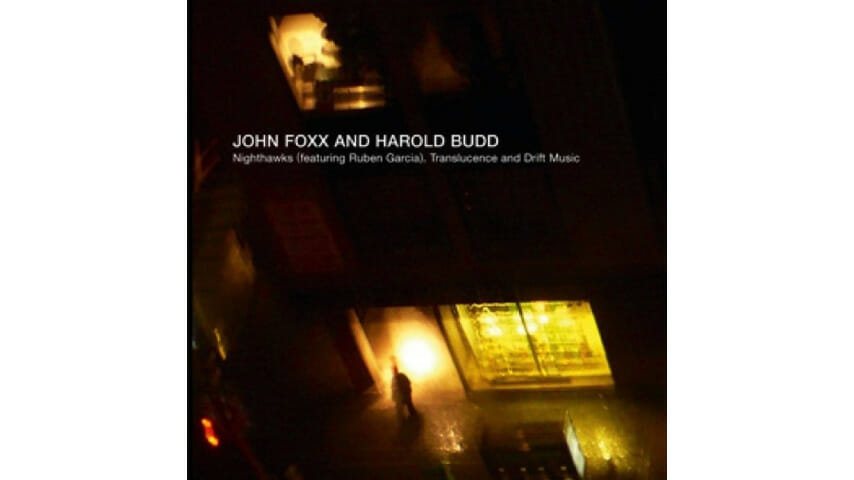Harold Budd and John Foxx: Translucence/Drift Music/Nighthawks (ft. Ruben Garcia)

These ambient albums have not been unavailable for long. Both Translucence and Drift Music were released in 2003, and Nighthawks came out only four years ago. Yet their return to the world is a welcome one, after a few years of falling out of print. All three discs, released once more by John Foxx’s Metamatic Records, are almost unbearably beautiful, taking their titles very seriously as the placid and delicate tunes on each evoke images of silhouettes of birds cutting across an early evening sky or slowly floating on a quiet, still body of water.
-

-

-

-

-

-

-

-

-

-

-

-

-

-

-

-

-

-

-

-

-

-

-

-

-

-

-

-

-

-

-

-

-

-

-

-

-

-

-

-








































